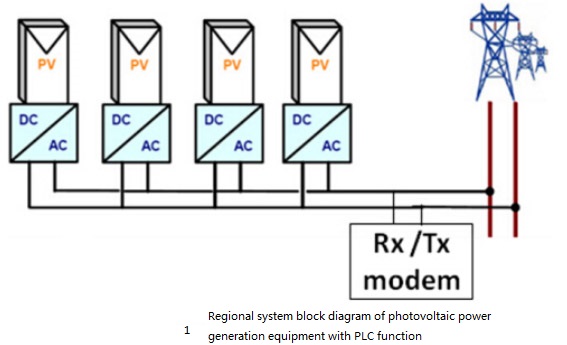03月31日
A key device in the solar power system is the photovoltaic inverter, which can convert the high-voltage direct current from the solar panel to alternating current. From the power point of view, the photovoltaic inverter can be roughly divided into three grades: the three-phase high-power inverter with output power more than 6KW, the single-phase medium inverter with output power between 1KW and 6KW, and the output power of the micro inverter with the output power of 200W to 500W. In recent years, small and medium power inverter has received more and more attention in the photovoltaic market. Due to the small power of the medium and small inverter itself,
So it is more widely used in the distributed solar power system in microgrid. As a node of the microgrid, it will have a larger and wider range of distribution in a certain area, for example, in Europe and America, many families will install such small power inverters on the roof.
On the roof of a railway station or factory, a large number of small and medium-sized inverters will be used to build small power stations and so on. In this way, we need to manage the inverters in a certain area so that they can work more effectively, safely and steadily, and provide timely demand and response, and the management method is to match the communication module to monitor all inverters through the upper computer and to control and dispatch in time
A communication mode with high reliability, low cost and easy maintenance is the key to the communication of photovoltaic inverters. At present, the most common way is to communicate through wireless (RF), RS485 and power line carrier (PLC). RF communication scheme does not need wiring, which can save the input of communication cable and line laying construction, but often its cost is high. Besides, it is a little harsh to the environment, and the barrier of battery board and the interference of electromagnetic wave are obvious. RS485 has the characteristics of stable communication and high anti-interference, but it brings great cost and potential risks in the early construction and later operation and maintenance. In contrast, PLC uses the existing power line to transmit data, does not need to relay the new line, does not have to consider the line investment, saves the time of work, reduces the cost cost, and can achieve effective communication under the low cost situation, which is more reliable than the RF. By adding the PLC module, the PV inverter system becomes a node for the microgrid, and can accept any data transmitted on the smart grid, which is conducive to further functional expansion in the future.










 WeChat
WeChat
 RSS
RSS